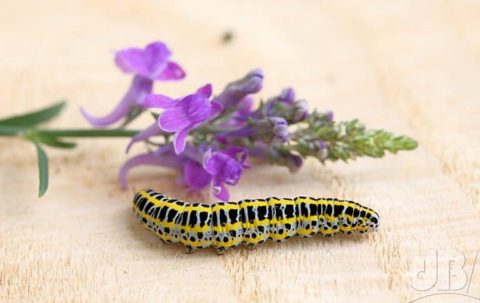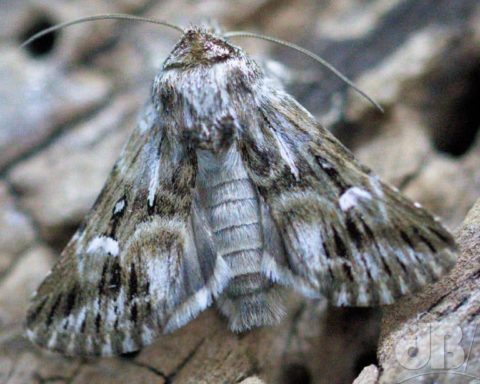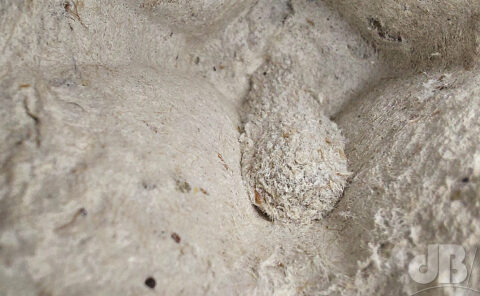As regular Sciencebase readers will know by now, this once workaholic science writer is now a highly dedicated mother. As in I am an enthusiastic amateur Lepidopterist. A moth-er, like a bird-er, birder, someone keen to see, observe, understand, and perhaps photograph the subject. This year and last, I’ve also been a bit more focused on being a butterflyer too.

Anyway, part of being a mother usually involves finding ways to see moths. Commonly that involves some kind of lure – a pheromone bung or an ultraviolet (or other) light. And, again, as you will know, I’ve got several lures for enticing moths for observation and the inevitable photoshoot. At the time of writing, I’ve lured and photographed about 450 moths of the 2600 species found in the UK.

The standard approach to nocturnal mothing is to have a box above which a bright light or bright UV source is suspended, often above a funnel or vent. Moths are drawn to the lamp, like moths to a flame but without the fire risk. They might circulate a while and will often spiral or dive into the funnel opening or the vent and then find it rather difficult to navigate their way out again. A good mother will have pre-filled the trap with lots of empty cardboard egg trays. The trapped moths will settle down in the nooks and crannies of these trays for the night ready to be logged and photographed in the morning.
Moth-trap lamps do not only attract moths, beetles, flies, wasps, hornets, worms, snails, slugs, all kinds of creatures will be drawn. But, it also seems so will the larvae of moths, the caterpillars. A few mornings back, while logging the night’s moth haul (before release into undergrowth away from the garden) I found in one of the egg trays, a couple of caterpillars, larvae of the Toadflax Brocade moth. They must have wriggled all the way from the other side of the garden, about 12 metres where there is a patch of Purple Toadflax or perhaps 15 metres from the Common Toadflax (Butter-and-Eggs) patch to the patio whereupon the moth trap sits on lighting-up nights.

The two larvae were pupating and using tiny fragments of the cardboard egg tray to make their protective cocoon. One had made a good start and was almost completely enclosed ready for its metamorphosis, the other had a long way to go and so was still very exposed and so obviously a Toadflax Brocade larva. I’ve relocated the egg tray to an under-cover bench outside the garden shed where hopefully the two will finish their transformation and emerge at some point in 2023 as adult moths. I’ll keep you informed as to their progress if anything changes in the meantime.